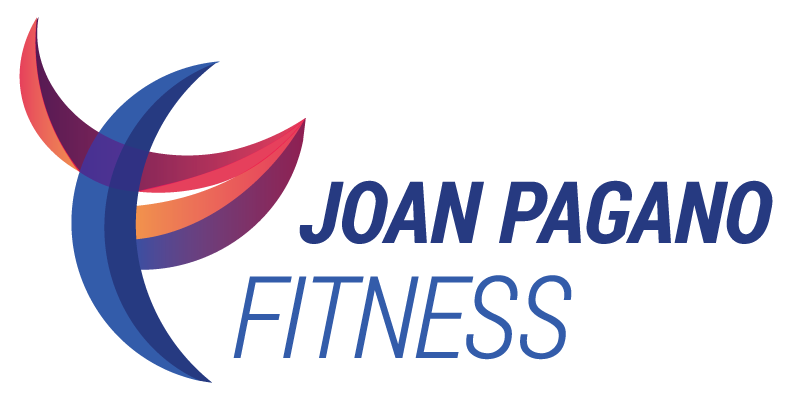Arthritis: Break the Circle of Pain with Exercise, Part 2
The stiff, achy joints of osteoarthritis (OA) can limit your quality of life, affecting your ability to work and causing increasing levels of disability. While exercise can cause momentary pain and discomfort, not exercising is worse since inactivity can lead to more pain and stiffness.
Moderate exercise can make you stronger and more functional. It helps to relieve pain, reduce inflammation and increase mobility. Take a slow and steady approach. The goal is to work the joints while protecting them: Consistency is more important than intensity. A well-rounded exercise program should include appropriate cardio activity, strengthening and stretching.
Do your cardio activity first in order to warm up the muscles and release lubricating fluid into the joints, preparing them for strengthening and stretching. Cardio exercise enhances aerobic capacity, improving overall fitness and reducing inflammation. It also helps you lose weight, decreasing the amount of stress on the joints and relieving the aches to allow you to become more active.
Start slowly and increase gradually.
Make it easy: do something that's convenient and you can continue easily.
Do low impact activities to protect the joints: for example, brisk walking, cycling, the elliptical machine. Warm water exercise is very therapeutic to the joints and provides buoyancy, reducing impact on them.
Strength training exercises build up muscle tone to support vulnerable joints, making them more stable and improving alignment so they function more efficiently. Toned muscles also provide shock absorption and reduce mechanical stresses that can accelerate cartilage degeneration.
Using light weights begin with 2-3 repetitions of each exercise and gradually progress to 10-12.
Although you might feel slight discomfort at first, the movement usually gets easier; however avoid any exercises that increase joint pain, especially if it continues for two hours after exercising.
Do the exercises 2-3 times a week on nonconsecutive days.
Stretching improves flexibility by lengthening the muscles and tendons, helping you maintain and improve mobility. It decreases joint stiffness and increases the range of motion around the joint.
Concentrate on the large muscles of the legs, the low back, and hands (try stretching your fingers in the warm, humid air of the bath or shower).
Stretch every day and even several times throughout the day. For end of the day stretches, view video here.
Hold a stretch for 10-30 seconds and avoid bouncing
Of course, this information should not take the place of guidance from your own physician or other medical professional. Always consult with your doctor before beginning an exercise program or becoming much more physically active.

